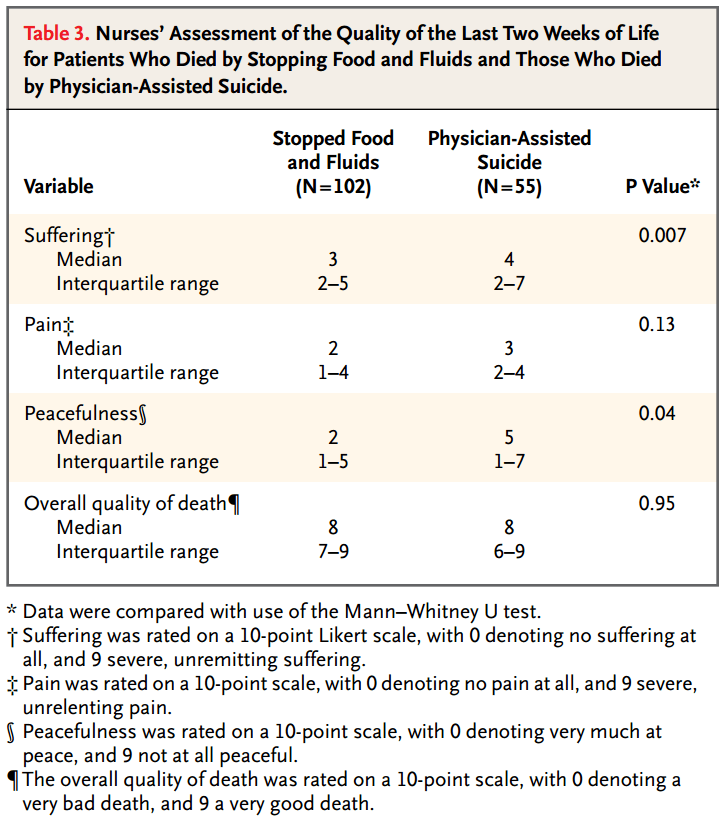Exploring The Least Painful Way To Die: A Compassionate Perspective
Contemplating death is a profoundly human experience, often filled with fear, uncertainty, and pain. In moments of distress, individuals may seek solace in understanding the least painful way to die. This exploration is not merely about the act of dying, but also about the importance of finding peace and closure in life’s final moments. It is essential to approach this topic with sensitivity and compassion, recognizing the diverse emotions surrounding the end of life.
Conversations about death and dying can be uncomfortable, yet they are vital for personal and societal understanding. Many people grapple with the idea of suffering and the desire to avoid pain in their final moments. The quest for the least painful way to die often leads to discussions about various methods, philosophical approaches, and even medical interventions that prioritize comfort and dignity. This article aims to provide insights into these considerations while emphasizing the importance of support, love, and understanding during such difficult times.
Ultimately, the least painful way to die is subjective, varying greatly from person to person based on their beliefs, experiences, and circumstances. This article seeks to shed light on this complex topic, encouraging an open dialogue that fosters compassion and awareness. By examining the options available and the emotional landscape surrounding death, we can better prepare ourselves and our loved ones for the inevitable journey that lies ahead.
What is the Least Painful Way to Die?
When contemplating the least painful way to die, it is essential to recognize the varied experiences people have as they approach the end of life. Factors such as illness, age, and mental health can significantly influence how one perceives pain and suffering. Many individuals hope for a peaceful transition, free from distress and discomfort.
How Do Different Cultures View Death?
Cultural beliefs play a pivotal role in shaping attitudes toward death and dying. In some cultures, death is seen as a natural progression and is embraced with rituals and celebrations. Conversely, other cultures may view death as something to be feared, leading to a focus on prolonging life at all costs. Understanding these perspectives can help individuals navigate their feelings and choices regarding the least painful way to die.
What Role Does Palliative Care Play?
Palliative care is a specialized medical approach that focuses on providing relief from pain and other distressing symptoms associated with serious illness. It aims to enhance the quality of life for both patients and their families. For those seeking the least painful way to die, palliative care can offer a valuable support system that prioritizes comfort and dignity. Key components include:
- Comprehensive pain management
- Emotional and psychological support
- Assistance with end-of-life decision-making
- Coordination with healthcare providers
What Are Some Common Methods Associated with a Peaceful Death?
While the notion of the least painful way to die varies for each individual, several methods are often associated with a more peaceful transition. These methods can include:
How Can Loved Ones Support Someone Seeking the Least Painful Way to Die?
Support from friends and family is crucial for individuals facing end-of-life decisions. Loved ones can provide emotional and practical support by:
- Listening without judgment
- Encouraging open conversations about fears and wishes
- Respecting the individual's choices
- Being present during difficult moments
What Resources Are Available for End-of-Life Planning?
End-of-life planning can be a daunting task, but various resources can aid individuals and families in making informed decisions. These resources include:
- Advance directives and living wills
- Consultations with healthcare professionals
- Support groups for those facing terminal illness
- Educational materials on palliative care and hospice options
Can Discussing Death Lead to a More Peaceful Experience?
Open discussions about death can significantly impact how individuals navigate their final moments. By addressing fears and uncertainties, individuals may find a sense of relief and acceptance. Engaging in these conversations with loved ones can foster greater understanding and support, ultimately leading to a more peaceful experience.
What Legacy Do We Leave Behind?
Ultimately, the least painful way to die is not just about the act of dying, but also about the legacy we leave behind. By living authentically and with purpose, individuals can create meaningful memories for their loved ones. Emphasizing love, connection, and understanding can help ease the transition for both the individual and their family.
In conclusion, the journey toward the least painful way to die is deeply personal and influenced by a myriad of factors. By fostering open conversations, seeking appropriate support, and embracing cultural perspectives, individuals can approach this inevitable part of life with grace and compassion. Remember, it is essential to prioritize comfort, dignity, and love as we navigate the complexities of death and dying.
Exploring Jenna Ortega: The Rising Star And Her Journey Into Fame
Unveiling The Life And Artistry Of Nicole Artukovich
Unveiling The Life And Journey Of Jaclyn Cordeiro



ncG1vNJzZmiqn5i4o77InZ6emqKqtq%2B%2FjaipoGecmrSiuNGenaiqnai2r8DRqJuum5WZfK2xwKyrZqiRnrunwctmrpqxXam8brDInmWhrJ2h
